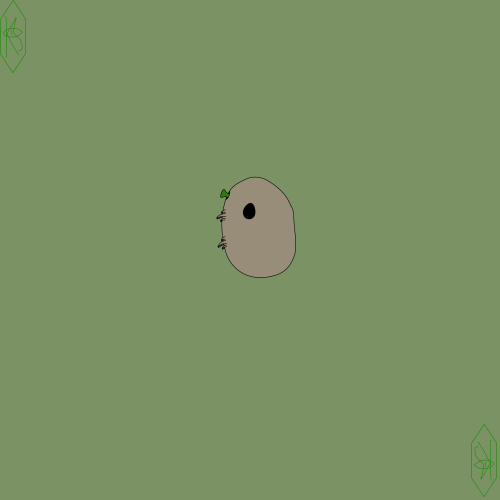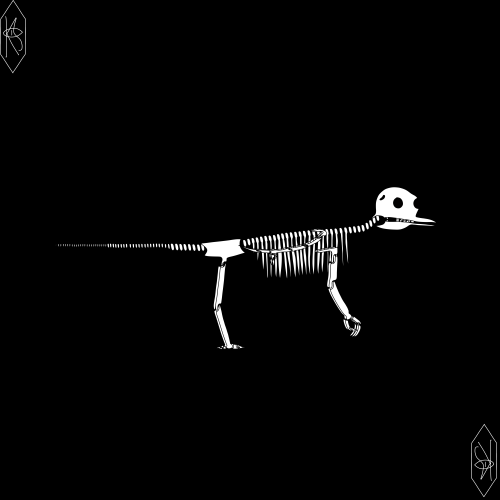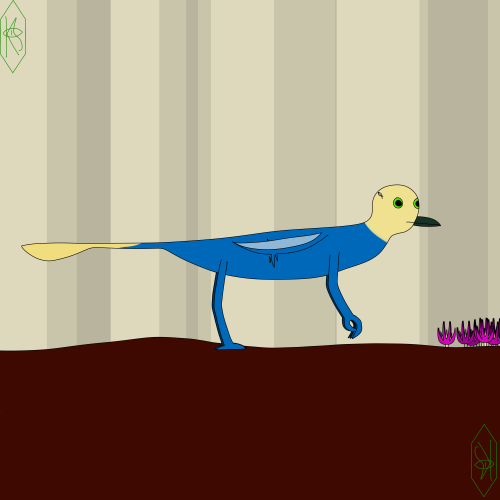Podocanth, More Commonly Called A Skin Tick, Are Small Ostoexoapo Which Use Their Spiny Feet To Root

podocanth, more commonly called a skin tick, are small ostoexoapo which use their spiny feet to root themselves onto their hosts and then begin drinking their blood, their shell is rather hollow compared to most ostoexoapo, and they use that extra space for their stomach to expand into as they digest blood, they usually attach themselves to a host while they are still in their larval form, relying on their proboscis to stay attached until they mature, they will fall off their host if they smell a particular chemical that [in the maschoran desert at least] only emits from ambidendroanthid seedheads, which is used to deter seelenlos from eating them, they will make their way onto the seedhead and lay eggs and mate with other podocanths if there are any, their eggs are coated in a sticky mucus like substance that keeps them attached to the seeds allowing them to spread fast and far, if you have any questions about this ostoexoapo please dont be afraid to ask im more than happy to answer
-
 samsketchbook liked this · 1 year ago
samsketchbook liked this · 1 year ago -
 maxartsblog liked this · 1 year ago
maxartsblog liked this · 1 year ago
More Posts from Speculative-world
Isn't speculative world the name of one of the oldest and most famous spec evo projects?
maybe! all i know is it was one of the only free urls that i could think of, on another note; i couldnt find anything about this project and im a big sucker for spec evo and spec bio, i would love to read/watch it!



parahwta, more commonly called a forest stalker, are interesting seelenlos, being the closest living relative to the ◗ta, theyre quite smart organisms, capable of tool use under certain circumstances, as well as having a similar vocalization skill to ◗ta, though they usually communicate through small chirps and whistles, but are capable of mimicking words or similar sounds, giving them another common name of forest whispers, similar to their sophont relatives they are generalists however unlike their relatives they are hypocarnivores as opposed to the mesocarnivorous ◗ta, parahwta are facultative quadrupeds being able to shift between bipedal locomotion and quadrupedal locomotion depending on the scenario, they have become quite the nuisance to settlements nearby or within the maschoran forests do to them liking shiny objects and attempting to steal them from ◗ta, if you have any questions about this ◗ta relative please do not be afraid to ask i am more than happy to answer


ammonianthus, more commonly called an ammonia flower, this large sedereamischos exists exclusively in the oases that cover the desert, it is unknown how they manage to exist inside almost every oasis, its theorized that macrodermaderes young bring their seeds to other oases, the large fruit in the middle is analogous to a compound fruit, and has a thin “wooden” core going through the centre of it that usually get eaten alongside the fruit, they produce large quantities of quasiammoniaphobic nectar which will coat the core and sections of the leaves around the core, which somacephalus consume and help pollenate the ammonianthids in their habitat, if you have any questions about this organism please dont be afraid to ask i am more than overjoyed to answer

oviodont, more commonly called a colony destroyer, are thin durable ostoexoapo which will invade brachiodontostoma nests once they mate and inject many brachiodontostoma with eggs using their ovipositor, their in the same clade as other flat ostoexoapo however their shell has become compressed to make themselves durable, having thinner parts of their shell in a form of invisible segmentation, this makes them flexibly mobile and well protected, if theyre lucky they will find an exit of the colony once they finish their attack, and continue with their lives, they usually will attempt to find the monarch of the colony to incubate their eggs and will seek out the foodstores and eat what they find and then attempt to leave, their eggs take 4 days after laying to hatch and the young will then begin to eat the colony from the inside out and the entire group of oviodont young will be able to desimate an entire colony in a matter of hours, once they all mature they will leave the abandoned colony and find a mate to continue the cycle, if you have any questions about this seelenlos please dont be afraid to ask i am more than willing to answer



cheirodromeous, more commonly called a thickcoated sprinter, are large centauroid with a thick coat of archeina, similar to their relatives on the fungal steppe, the frilled rakers, they can produce a green translucent milk like substance from specialized glands on their palms, called galakeir, which they feed to their young, they tend to wander in small packs comprising 3-8 adults and about 18-21 chicks, however they can usually get along by themselves, do to their thick coat and galakeir, ◗ta farmers have domesticated them many times, in a similar way that human farmers have domesticated wild mustard into many different crops, there are domesticated cheirodromeous with thicker more evenly distributed coats as opposed to their wild counterparts, as well as ones which produce more galakeir than their wild counterparts, as well as ones specifically bred for hunting and the rare one bred for meat, they were presumably quite the hassle to domesticate due to their speed, stealth, and agility, if you have any questions about this ostomesa please dont be worried to answer im more than happy to answer
